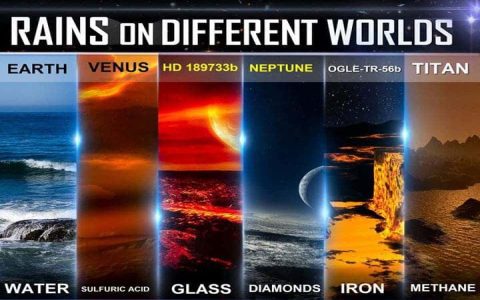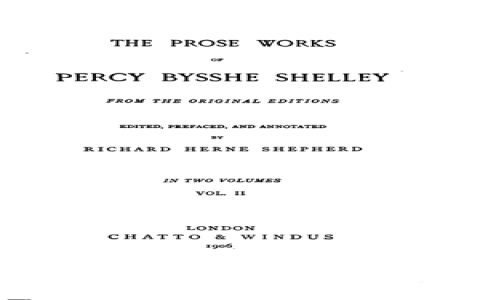Crystalline rain, also known as ice pellet precipitation, is a form of precipitation consisting of small, translucent or partially opaque particles of ice.
Formation
- Crystalline rain forms when snowflakes fall through a layer of warm air, melting into raindrops.
- As these raindrops continue to fall, they pass through a layer of freezing air near the surface.
- If the freezing layer is thick enough, the raindrops refreeze into ice pellets before reaching the ground.
Characteristics
- Ice pellets are typically smaller than hailstones, usually 5 millimeters (0.20 inches) or less in diameter.
- They can bounce when they hit the ground and generally do not cause significant damage.
- Crystalline rain is often accompanied by freezing rain or snow.
Distinction from Other Precipitation Types
- Hail: Hailstones are larger and formed in thunderstorms with strong updrafts, allowing ice particles to accumulate layers of ice.
- Freezing Rain: Freezing rain occurs when supercooled raindrops freeze upon impact with a surface that is at or below freezing.
- Snow: Snow consists of ice crystals that form in clouds and fall to the ground without completely melting.
Impacts
- Crystalline rain can make surfaces slippery, posing a hazard to pedestrians and drivers.
- Heavy crystalline rain can accumulate and cause minor damage to vegetation.
- In some cases, crystalline rain can disrupt outdoor activities and travel.











